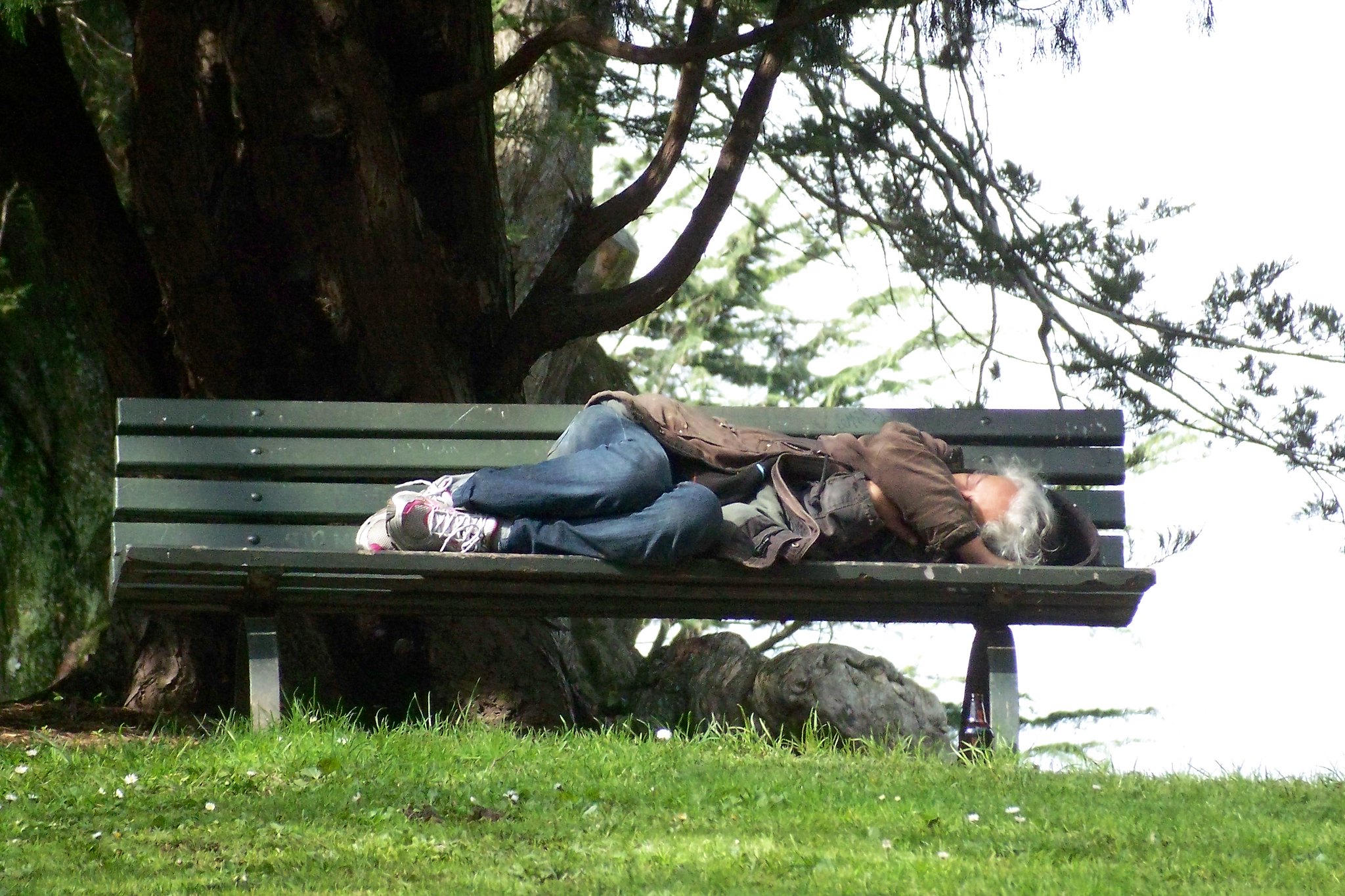 Multiple paradigms change and affect poverty in New Zealand, much like the rest of the developed world. Age seems to be a primary indicator of poverty levels in the country. Here we examine everything you need to know about poverty in New Zealand.
Multiple paradigms change and affect poverty in New Zealand, much like the rest of the developed world. Age seems to be a primary indicator of poverty levels in the country. Here we examine everything you need to know about poverty in New Zealand.
Child Poverty
Child poverty in New Zealand is one of the most important issues in the country. Much of the national conversation about poverty surrounds families and children currently experiencing deprivation. One of the most important recent developments in the battle against poverty in New Zealand is the Child Poverty Reduction Act 2018.
The Child Poverty Reduction Act 2018 introduced nine measures to help combat childhood poverty. Eight of these measures had a significant effect on reducing the levels of poverty experienced by New Zealand’s children and families. Another one of the bill’s responsibilities is holding current governments accountable for the state of childhood poverty. Every 10 financial years, the government must evaluate the state of childhood poverty. This is based on the standards set forth in the bill. This bill was instituted as a direct answer to the statistics discovered by the New Zealand government.
In 2017, the New Zealand government studied the nation’s children. It found that 22.5% of the nation’s children were living below the 50% median disposable household income after the deduction of housing costs. Stats New Zealand also found that 12.5% of children were living in material hardship. This means they were unable to afford clothes and healthy food. These statistics were a major force that pushed New Zealand to combat childhood poverty. This war on poverty is not just linked to material hardship but to extreme poverty as well.
Homelessness
In 2018, 0.86% of New Zealand’s population were without homes, that is 41,000 people. The most comparable nation is Australia with 0.48% of the populace being registered as homeless. New Zealand’s failing approach to poverty is another reason the Child Poverty Reduction Act 2018 was put into place, but some are saying that the pressures that COVID-19 put on the country’s support systems as well as the Labour government are resulting in a more desperate New Zealand populace.
The New Zealand government has spent millions of dollars on emergency housing for the thousands of people living on the street or on the brink of extreme poverty. This massive spending has been spearheaded by the Labour Party, but this has not curbed the party’s loss of support.
Anecdotal and statistical evidence point toward the Labour Party’s lack of headway in the war against poverty as a major reason they lost support. In the 2020 election Labour won 50% of the vote, but has since lost 23% of their voter base. This massive drop in support is an indication of the disappointment that the people of New Zealand have experienced in their leading governmental party.
Final Thoughts
The situation of poverty, especially childhood poverty, is multifaceted and complex, and so is the solution. The New Zealand Government has worked hard and implemented a few pieces of legislation that have decreased childhood poverty. The Families Package is a $5.5 billion investment that, among other things, improves parental leave pay, increases financial aid for families and increases tax credits for working families. This paired with increases in minimum wage and free school lunches show the way forward for New Zealanders.
– Charles McFadden
Charles is based in Glasgow, Scotland and focuses on World News for The Borgen Project.
Photo: Flickr
